
About:
- During the crop season 2021-22, the varieties namely DBW187 and DBW222 have shown heat tolerance with yield gain of 3.6% and 5.4%, respectively as compared to HD-3086.
- The Government aims to promote the use of heat-resistant varieties amongst the farmers through public and private partnership and providing seed directly to the farmers.
- To promote the use of these varieties, the Indian Institute of Wheat and Barely Research (IIWBR), Karnal under ICAR has signed 250 Memorandum of Agreements (MoAs) for DBW 187 and 191 MoAs for DBW 222 with private companies for seed production.
- The ICAR-IIWBR Karnal has initiated a specific research project entitled “Breeding high yielding wheat genotypes for stress conditions of warmer regions of India” on heat tolerant varieties.
- Besides, ICAR-IIWBR Karnal is also collaborating with International Maize and Wheat Improvement Centre (CIMMYT), Mexico on development of climate resilient wheat varieties.
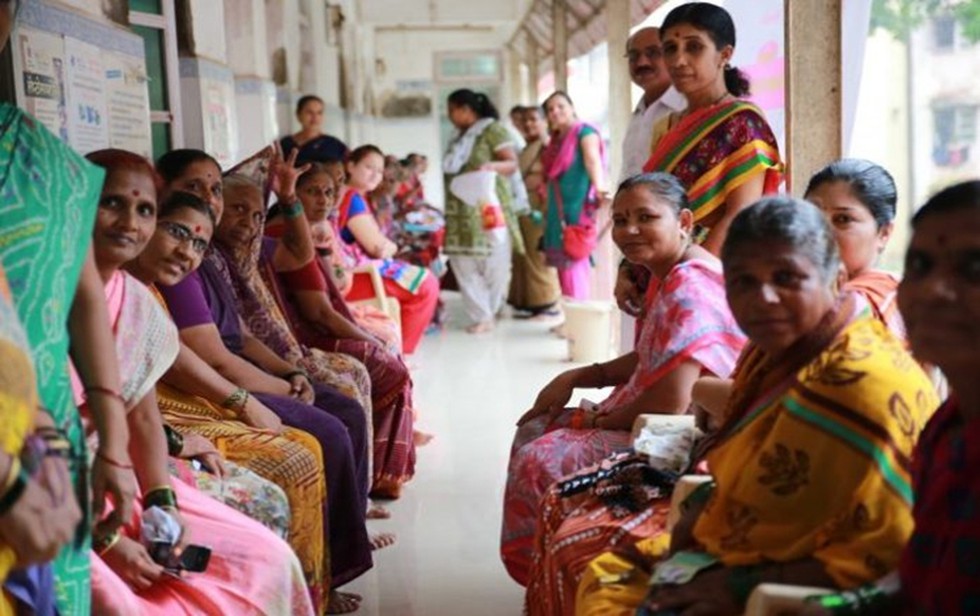
About:
- The Pradhan Mantri Surakshit Matritva Abhiyan has been launched by the Ministry of Health & Family Welfare (MoHFW), Government of India.
- The program aims to provide assured, comprehensive and quality antenatal care, free of cost, universally to all pregnant women on the 9th of every month.
- It guarantees a minimum package of antenatal care services to women in their 2nd / 3rd trimesters of pregnancy at designated government health facilities.
- The programme follows a systematic approach for engagement with private sector which includes motivating private practitioners to volunteer for the campaign developing strategies for generating awareness and appealing to the private sector to participate in the Abhiyan at government health facilities.
- It envisages to improve the quality and coverage of Antenatal Care (ANC) including diagnostics and counselling services as part of the Reproductive Maternal Neonatal Child and Adolescent Health (RMNCH+A) Strategy.
Objectives of the program:
- Ensure at least one antenatal checkup for all pregnant women in their second or third trimester by a physician/specialist
- Improve the quality of care during ante-natal visits. This includes ensuring provision of the following services:
- All applicable diagnostic services
- Screening for the applicable clinical conditions
- Appropriate management of any existing clinical condition such as Anaemia, Pregnancy induced hypertension, Gestational Diabetes etc.
- Appropriate counselling services and proper documentation of services rendered
- Additional service opportunity to pregnant women who have missed ante-natal visits
- Identification and line-listing of high risk pregnancies based on obstetric/ medical history and existing clinical conditions.
- Appropriate birth planning and complication readiness for each pregnant woman especially those identified with any risk factor or comorbid condition.
- Special emphasis on early diagnosis, adequate and appropriate management of women with malnutrition.
- Special focus on adolescent and early pregnancies as these pregnancies need extra and specialized care.
- One of the critical components of the Abhiyan is identification and follow up of high risk pregnancies.
- A sticker indicating the condition and risk factor of the pregnant women would be added onto MCP card for each visit:
- Green Sticker- for women with no risk factor detected
- Red Sticker – for women with high risk pregnancy
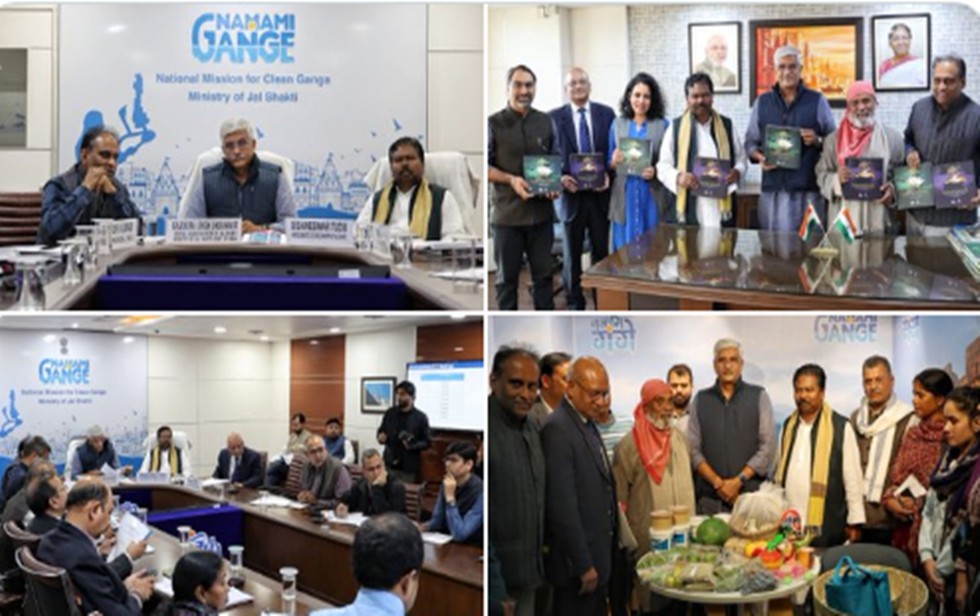
About:
- NMCG was established in 2011 under the Societies Registration Act, 1860 as a registered society.
- NMCG under National Ganga Council is supported by the State level Programme Management Groups (SPMGs) in the state of Uttar Pradesh, Uttarakhand, Bihar, Jharkhand, and West Bengal.
- It is an initiative taken by the Government of India to address the pollution of the river Ganga by providing financial and technical assistance.
- Aims and objectives:
- To accomplish the mandate of National Ganga Council
- Prevention, control and abatement of environmental pollution and rejuvenation of the river Ganga by adopting a river basin approach.
- To maintain minimum ecological flows in the river Ganga with the aim of ensuring water quality and environmentally sustainable development.
- Vision:
- Restoring the wholesomeness of the river defined in terms of ensuring:
- Aviral Dhara - that is continuous flow of water
- Nirmal Dhara - that is unpolluted flow of water
- Geologic and ecological integrity
- Structure:
- It has a two-tier management structure, comprising of Governing Council and Executive Committee
- The work of coordinating, supervising and deliberating on funding Namami Ganga projects is carried out by an executive committee of the NMCG that meets every month.
- In 2020, the World Bank has approved a five-year loan (for the second phase) to the National Mission for Clean Ganga (NMCG) or Namami Gange Project worth Rs.3,000 crore to help stem pollution in the Ganga river basin.
- Restoring the wholesomeness of the river defined in terms of ensuring:

About:
- Meizotropis pellita has been assessed as ‘critically endangered’, Fritilloria cirrhosa as ‘vulnerable’, and Dactylorhiza hatagirea as ‘endangered’.
Meizotropis pellita:
- Meizotropis pellita, commonly known as Patwa, is a perennial shrub with restricted distribution that is endemic to Uttarakhand.
- “The species is listed as ‘critically endangered’ based on its limited area of occupancy (less than 10 sq. km),” the study stated.
- The species is threatened by deforestation, habitat fragmentation and forest fires.
- The essential oil extracted from the leaves possesses strong antioxidants and can be a promising natural substitute for synthetic antioxidants in pharmaceutical industries.
Fritillaria cirrhosa:
- Fritillaria cirrhosa (Himalayan fritillary) is a perennial bulbous herb.
- According to the study, a decline of at least 30% of its population over the assessment period (22 to 26 years).
- Considering the rate of decline, long generation length, poor germination potential, high trade value, extensive harvesting pressure and illegal trade, the species is listed as ‘vulnerable’.
- In China, the species is used for the treatment of bronchial disorders and pneumonia.
- The plant is also a strong cough suppressant.
Dactylorhiza hatagirea:
- The third listed species, Dactylorhiza hatagirea (Salampanja), is threatened by habitat loss, livestock grazing, deforestation, and climate change.
- It is extensively used in Ayurveda, Siddha, Unani and other alternative systems of medicine to cure dysentery, gastritis, chronic fever, cough and stomach aches.

About:
- The massive structure, which can perform tests in three speed regimes, equips the Indian Space Research Organisation (ISRO) with a robust in-house support system for space missions.
- Trisonic Wind Tunnel is a system to aid aerodynamic design of rockets and re-entry spacecrafts by characterising a scaled model by evaluating forces, moments, load distribution, unsteady pressures, acoustic levels etc.
- The tunnel has an overall length of about 160m and has a maximum cross section of 5.4m.
- The tunnel can be used for testing various space vehicles in three flight regimes —
- below the speed of sound (subsonic),
- at the speed of sound (transonic) and
- above the speed of sound (supersonic),
- hence the name trisonic wind tunnel
- The tunnel can simulate flight conditions from 0.2 times the speed of sound (68 m/s) to 4 times the speed of sound (1360 m/s).
- Its parts include air storage vessels, a settling chamber where the airflow is ‘smoothened’ out, and nozzles for releasing the air into the test section.
- Implementation: The trisonic wind tunnel was implemented through M/s Tata Projects India Ltd with the assistance of industries across the country.
- For years, ISRO had depended on the trisonic wind tunnel at the National Aerospace Laboratory (NAL), Bengaluru.
- Hypersonic wind tunnel:
- The VSSC is already equipped with a hypersonic wind tunnel for testing parameters of re-entry missions.
- Commissioned in 2017, this tunnel can simulate flow speeds up to Mach 12.
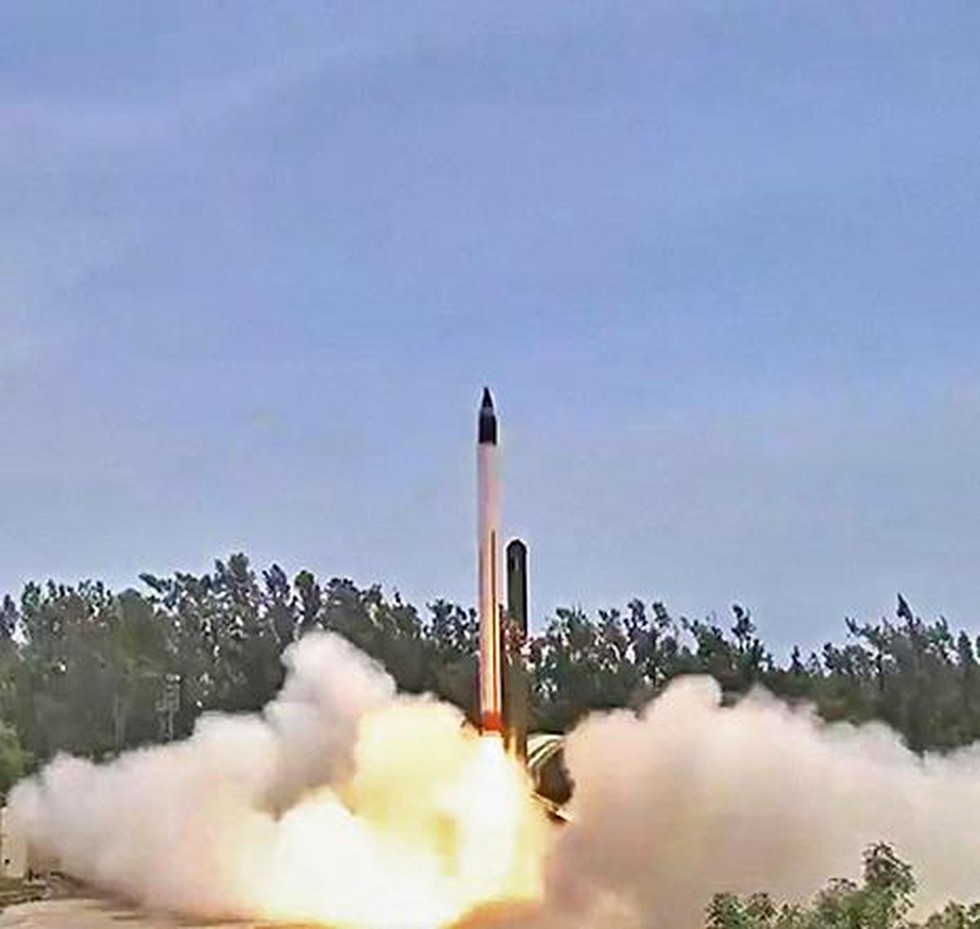
About:
- In an air-breathing scramjet engine, air from the atmosphere is rammed into the engine’s combustion chamber at a supersonic speed of more than Mach two.
Process:
- In the chamber, the air mixes with the fuel to ignite a supersonic combustion but the cruiser’s flight will be at a hypersonic speed of Mach six to seven.
- So it is called supersonic combustion ramjet or Scramjet.
- Air from the atmosphere was then rammed into the scramjet engine’s combustion chamber at a supersonic speed.
- The air mixed with the atomised fuel, the fuel was ignited and the scramjet engine revved into action.
Benefits:
- Mastering the air-breathing scramjet technology will lead to the development of hypersonic missiles, faster civilian air transportation and facilities for putting satellites into orbit at a low cost.

About:
- Many of the 24 conservation targets under discussion at the 15th Conference of the Parties (COP15) aim to avoid past mistakes and improve on the world’s last set of conservation goals — the Aichi Biodiversity Targets that expired in 2020.
- No single country met all 20 Aichi Targets within its own borders, according to a September 2020 UN assessment.
Aichi Targets:
- The Convention on Biological Diversity (CBD) adopted the Aichi Biodiversity Targets at the Nagoya conference in 2010.
- The Aichi Biodiversity Targets laid out a 10-year plan (Strategic Plan for Biodiversity 2011-2020), which had 20 global biodiversity targets, divided under five goals, with a deadline of 2020.
- Strategic Goal A: Address the underlying causes of biodiversity loss by mainstreaming biodiversity across government and society.
- Strategic Goal B: Reduce the direct pressures on biodiversity and promote sustainable use.
- Strategic Goal C: Improve the status of biodiversity by safeguarding ecosystems, species and genetic diversity.
- Strategic Goal D: Enhance the benefits to all from biodiversity and ecosystem services.
- Strategic Goal E: Enhance implementation through participatory planning, knowledge management and capacity building
- It included goals such as reducing deforestation by at least half during the coming decade and curbing pollution so that it no longer harmed ecosystems.
- Many of the targets, however, included vague language and did not hold countries to a specific action.
- After parties adopted the Aichi Targets, they were expected to devise their own national biodiversity strategies that would mimic the goals laid out by Aichi.
- Nearly all parties created these strategies, but most were never fully implemented.

About:
- Australia and France have enacted similar laws, following which companies like Meta and Google have agreed to pay publishers in those countries.
- Australia had introduced a similar law last year, called the News Media Bargaining Code.
- In 2019, France became the first EU country to enact a directive on the publishing rights of media companies and news agencies, called “neighbouring rights”.
- Others like Canada and New Zealand are currently deliberating similar legislation.
- The draft legislation, known as the Journalism Competition and Preservation Act (JCPA) of 2022, would allow publishers — who have long complained of dwindling revenues as social media platforms cornered a large chunk of online advertisements — greater powers to collectively bargain with companies like Facebook and Google for a larger share of ad revenue.
- JCPA was initially included in the annual national defence spending bill of the US which will have to be passed by the end of this year.
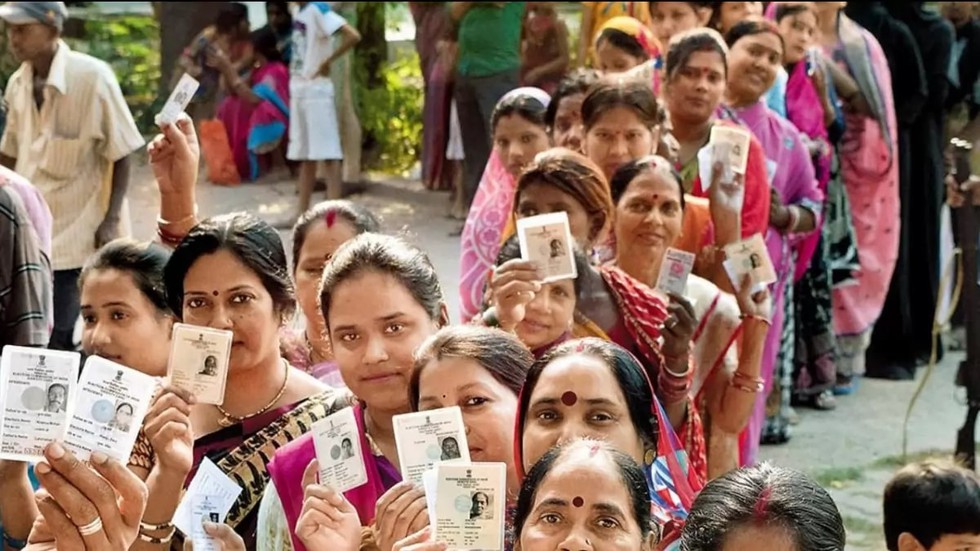
About:
- The Bill proposes to plug gender gaps by providing women with 30 per cent horizontal reservation in public services and posts, in addition to the existing quotas applicable in the state.
- The beneficiaries need to be women with a domicile certificate of Uttarakhand.
- The reservation will be applicable for posts in local authorities, Uttarakhand co-operative committees in which the holding of the state government is not less than 51 per cent of share capital, board or corporation or legal body established by any central or Uttarakhand State Act which is under the ownership or control of the state government, and any educational institution under the ownership and control of the state government or which receives grants in aid from the state government.
- If enough women are not available to fill the reserved seats, they will be filled with qualified male candidates in the order of proficiency.
Vertical and Horizontal reservations:
- In December 2020, the Supreme Court clarified the position of the law on the interplay of vertical and horizontal reservations.
- A decision by a two-judge Bench in the case of Saurav Yadav versus State of Uttar Pradesh dealt with issues arising from the way different classes of reservation were to be applied in the selection process to fill posts of constables in the state.
- Vertical reservation:
- A vertical reservation applies separately for each of the groups specified under the law.
- Horizontal reservation:
- The horizontal quota is always applied separately to each vertical category, and not across the board.
- Reservation for Scheduled Castes, Scheduled Tribes, and Other Backward Classes is referred to as vertical reservation.
- Horizontal reservation refers to the equal opportunity provided to other categories of beneficiaries such as women, veterans, the transgender community, and individuals with disabilities, cutting through the vertical categories.
- For example, if women have 50 per cent horizontal quota, then half of the selected candidates will have to necessarily be women in each vertical quota category — i.e., half of all selected SC candidates will have to be women, half of the unreserved or general category will have to be women, and so on.
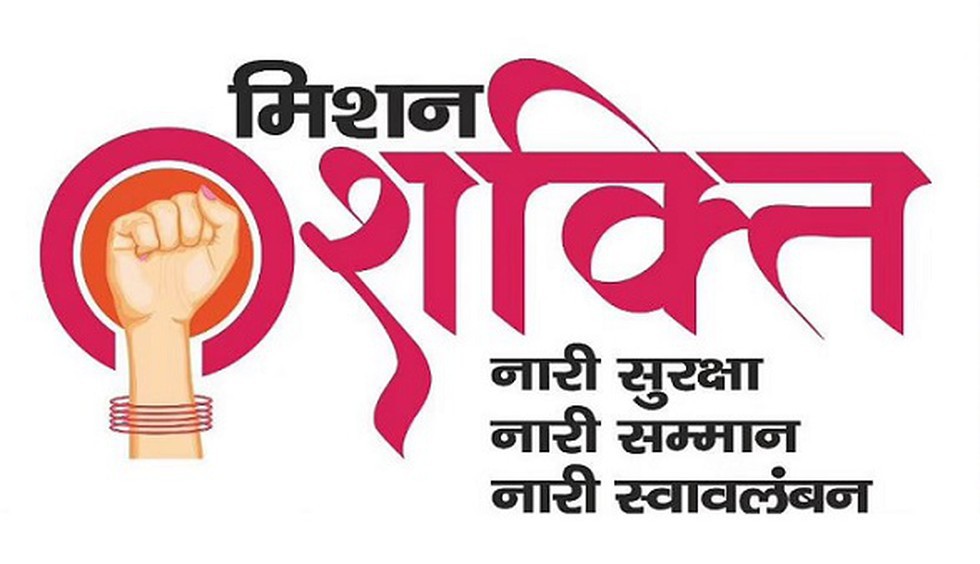
About:
- The Ministry of Women and Child Development has formulated ‘Mission Shakti’, an Integrated Women Empowerment Programme, as Umbrella Scheme for the Safety, Security and Empowerment of Women for implementation during the 15th Finance Commission period.
- It aims at strengthening interventions for safety, security and empowerment of women in a mission mode through institutional and convergence mechanism for greater efficiency, effectiveness and financial prudence.
- The Umbrella Scheme of Mission Shakti has two sub-schemes namely:
- "Sambal" for safety and security of women and "Samarthya" for empowerment of women.
- Under 'Samarthya' sub- scheme, a new component i.e. Hub for Empowerment of Women (HEW)has been included with the aim to facilitate inter-sectoral convergence of schemes and programs meant for women at the Central, State/ UT and District levels for creating an environment in which women are able to realize their full potential.
- The support under the HEW provides for guiding, linking and hand holding women to various institutional and schematic set ups for their empowerment and development including access to healthcare, quality education, career and vocational counseling/ training, financial inclusion, entrepreneurship, backward and forward linkages, health and safety for workers, social security and digital literacy at districts/ Blocks/ Gram Panchayats level across the country.





























































































































































.png)
.png)
.png)
.png)
.png)


.png)
.png)
.png)





.png)
.png)






.png)
.png)
.png)
.png)
.png)
.png)
.png)
.png)
.png)

.png)







.png)
.png)


.png)
.png)
.png)


.png)

.png)
.png)





.jpg)

.png)
.png)


.png)

.png)
.png)
.png)

.jpg)

.jpg)


.png)

.png)
.png)
.png)
.png)
.png)
.png)
.png)
.png)
.png)
.png)




.png)

.png)





.png)
.png)
.png)
.png)
.png)
.png)
.png)
.png)
.png)
.png)
.jpg)
.jpg)

.png)
.png)
.png)
.png)
.png)
.png)
.png)
.png)
.png)
.png)
.png)
.png)
.png)
.png)
.png)
.png)
.png)
.png)
.png)
.png)
.png)
.png)



.png)
.png)

.jpg)
.jpg)


.jpg)
.jpg)
.jpg)
.jpg)
.jpg)

.jpg)








.jpg)
.jpg)
.jpg)
.jpg)
.jpg)

















.jpg)
.jpg)







.jpg)


















.jpg)
.jpg)



























































































.jpg)
.jpg)


























.jpg)

.jpg)










.jpg)








.jpg)




.jpg)










.jpg)


















.jpg)












































.jpg)














.jpg)
.jpg)
.jpg)





.jpg)

.jpg)
.jpg)





































































.jpg)


































.jpg)
.jpg)
















































.jpg)












.jpg)


.jpg)




.jpg)
.jpg)
.jpg)

.jpg)
.jpg)
.jpg)
.jpg)

.jpg)
.jpg)
.jpg)

.jpg)
.jpg)
.jpg)
.jpg)
.jpg)
.jpg)
.jpg)
.jpg)

.jpg)


.jpg)
.jpg)
.jpg)
.jpg)
.jpg)
.jpg)
.jpg)
.jpg)
.jpg)
.jpg)











.jpg)
.jpg)





.jpg)
.jpg)
.jpg)
























.jpg)
























.jpg)









.jpg)
.jpg)







.jpg)
.jpg)









































.jpg)
.jpg)
.jpg)
.jpg)
.jpg)

.jpg)
.jpg)
.jpg)
.jpg)
.jpg)


.jpg)
.jpg)
.jpg)
.jpg)
.jpg)

.jpg)
.jpg)
.jpg)
.jpg)
.jpg)
.jpg)
.jpg)
.jpg)
.jpg)
.jpg)
.png)

.png)
.png)

.png)
.png)
.png)
.png)


.jpg)
.jpg)

.jpg)
.jpg)
.jpg)

.png)
.png)
.png)
.png)
.png)
.png)
.png)

.png)
.png)
.png)
.png)
.png)
.png)
.png)
.png)
.png)
.png)





































































-min.png)



.png)




.png)








































